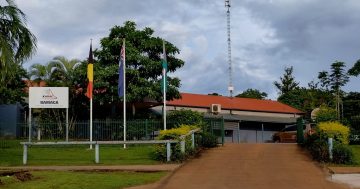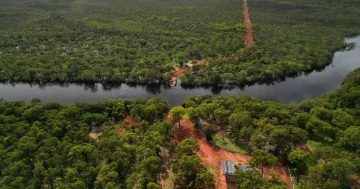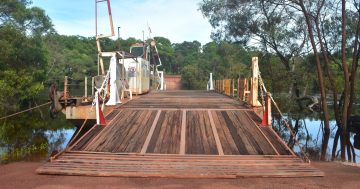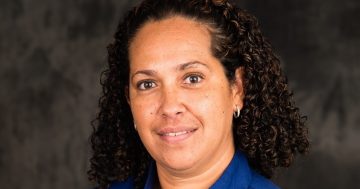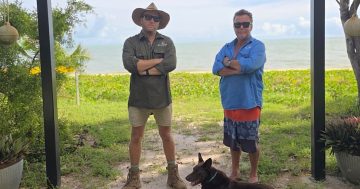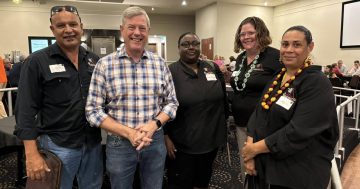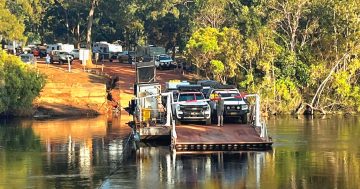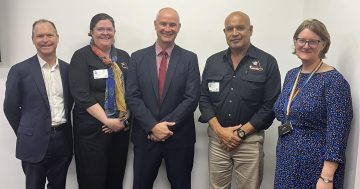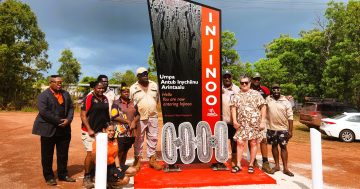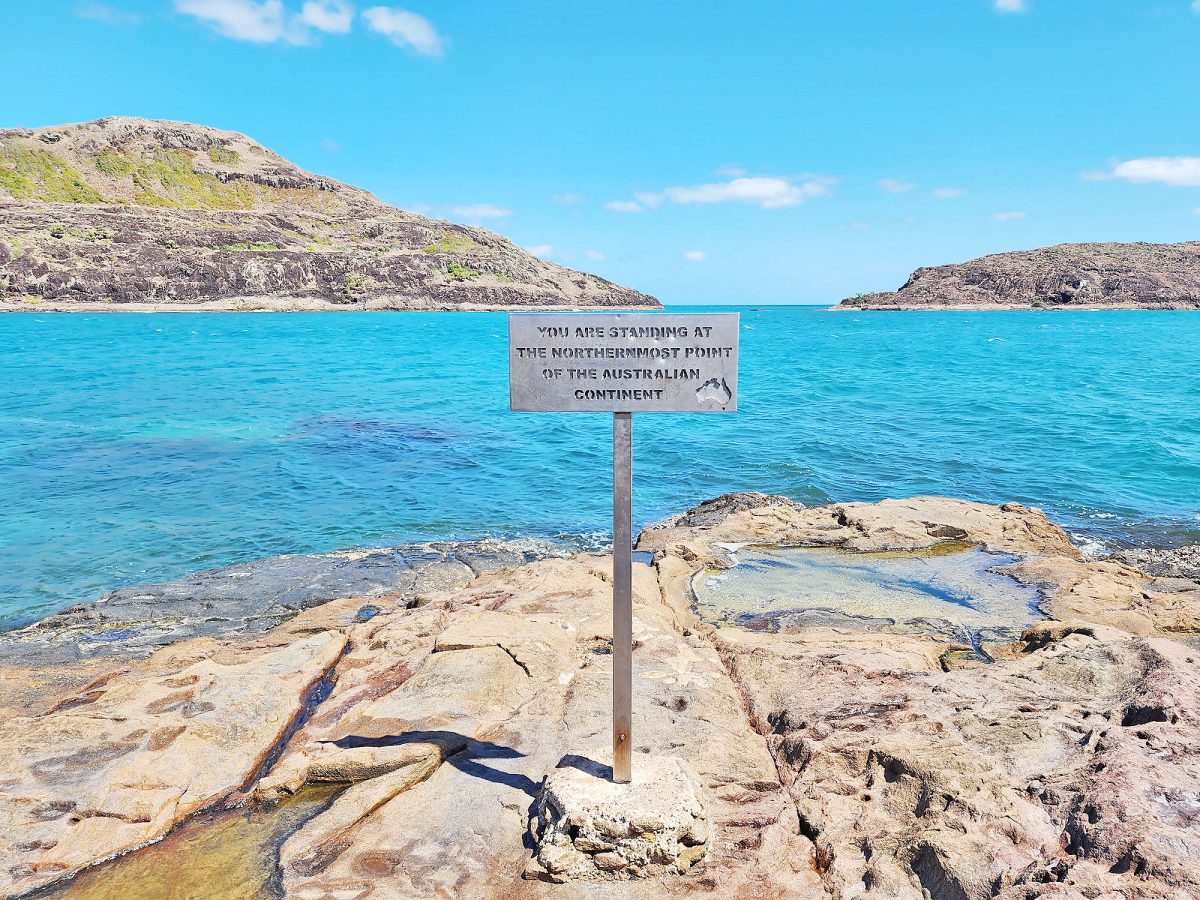
The most popular destination in Cape York is actually in the Torres Shire, not the Northern Peninsula Area Regional Council. despite it being on the mainland.
Outdated local government boundaries at the tip of Cape York are causing headaches for the council tasked with servicing the Northern Peninsula Area, including tens of thousands of tourists each year.
Which is why the Northern Peninsula Area Regional Council and the Traditional Owners of some of Cape York’s most iconic destinations are calling for an urgent rethink of the local government boundaries.
Currently, the land north of the Jardine River is managed by three local government areas – NPARC, Cook Shire and Torres Shire, with the latter responsible for well-known destinations Pajinka, Punsand Bay and the vital Bamaga Airport, despite the locations being on the mainland.
NPARC mayor Patricia Yusia said the council had been attempting to seek a review of external council boundaries in the area for more than a decade, but their concerns had been falling on deaf ears.
“This is causing huge issues in our community, but the Queensland government and Torres Shire Council are refusing to provide the support required to resolve the boundary problem,” she said.
“For example, council is unable to secure funding for the airport, because it’s not our asset, despite us operating it as a critical service for the NPA region.
“Further, council is currently undertaking maintenance of roads and verges in other local government areas and is unable to manage or patrol hazards on the foreshore, such as illegal camps and helicopter landings, while Traditional Owners can’t prevent damage to country at Pajinka. “We believe a boundary realignment makes sense, and that it will continue to make sense if the change commission takes a look at it, but government just won’t use common sense and make the referral required,” said Cr Yusia.
Under existing legislation, reviews of external boundaries are undertaken by the Local Government Change Commission, but only after a change proposal is submitted to the Minister for Local Government (Steven Miles) for consideration.
Cr Yusia urged Mr Miles to engage with stakeholders about changing boundaries in the NPA to ensure that the intent of legislation to “reflect local communities” and acknowledge the linkages between local communities was met.
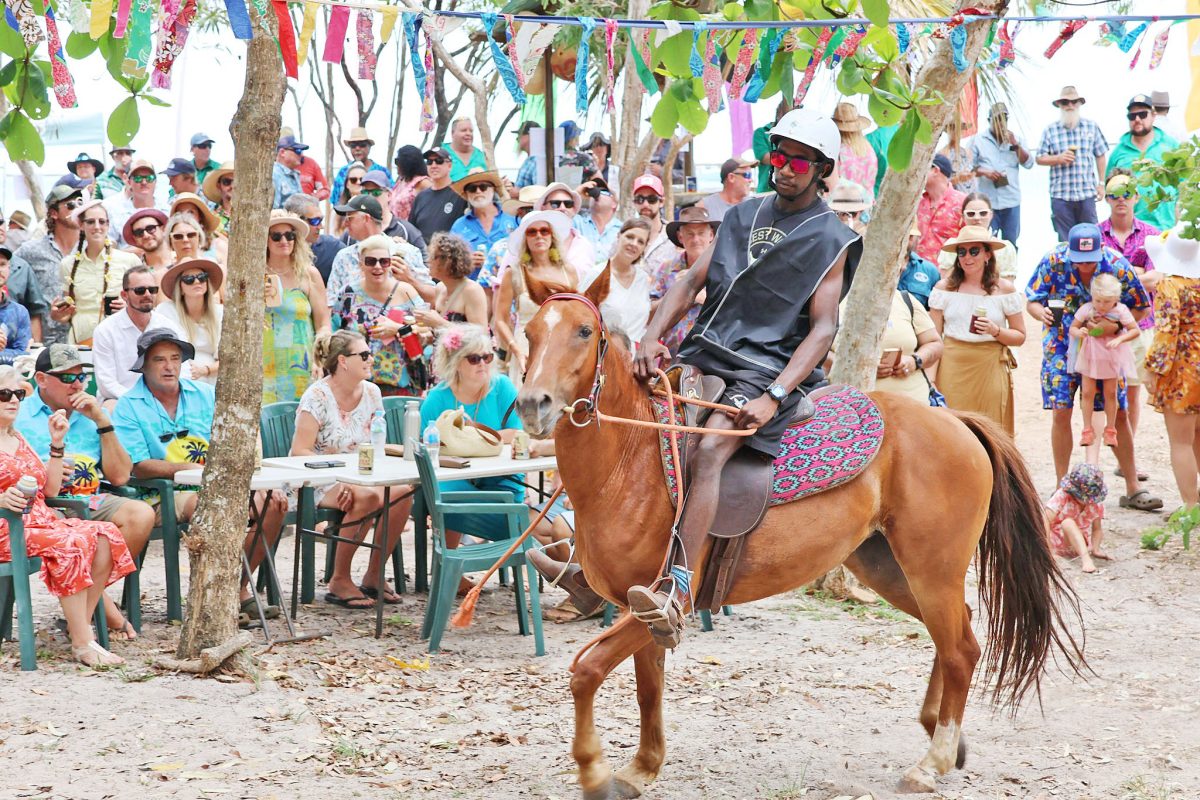
The operators of Cape York Camping Punsand Bay pay rates to Torres Shire, but their access roads are managed by NPARC.
“The Local Government Regulation 2012 is absolutely clear that ‘the external boundaries of a local government area should be drawn in a way that has regard to communities of interest’ and that ‘do not divide local neighbourhoods’ with common interests,” Cr Yusia explained.
“The fact that we have three local governments responsible for the northern extremity of Cape York, including one that isn’t even on the mainland, demonstrates that it’s time for the councils involved and the Minister to go back to the drawing board with boundaries, because what we have simply doesn’t reflect the attitudes of the NPA community, and is most certainly causing division and confusion to our local neighbourhoods up here.”
The sentiment was echoed by Traditional Owners of the region, with Apudthama Land Trust chair Ugari Nona arguing the lack of a single local government point of contact was causing frustration for the organisation, which holds the Aboriginal Freehold Land in the region on behalf of the Apudthama people.
“At the moment, there is no coordination or support for Traditional Owners to ensure we can properly manage and protect our country,” Ms Nona said.
“As the landowners, we need to be adequately listened to and our interests respected in this process.
“It makes no sense that we have to liaise with three councils, including one that isn’t even on the mainland, when we are residents and constituents of NPARC.
“We vote for the councillors and mayor for NPARC, so they should be the ones who are providing our local government services across our land.”
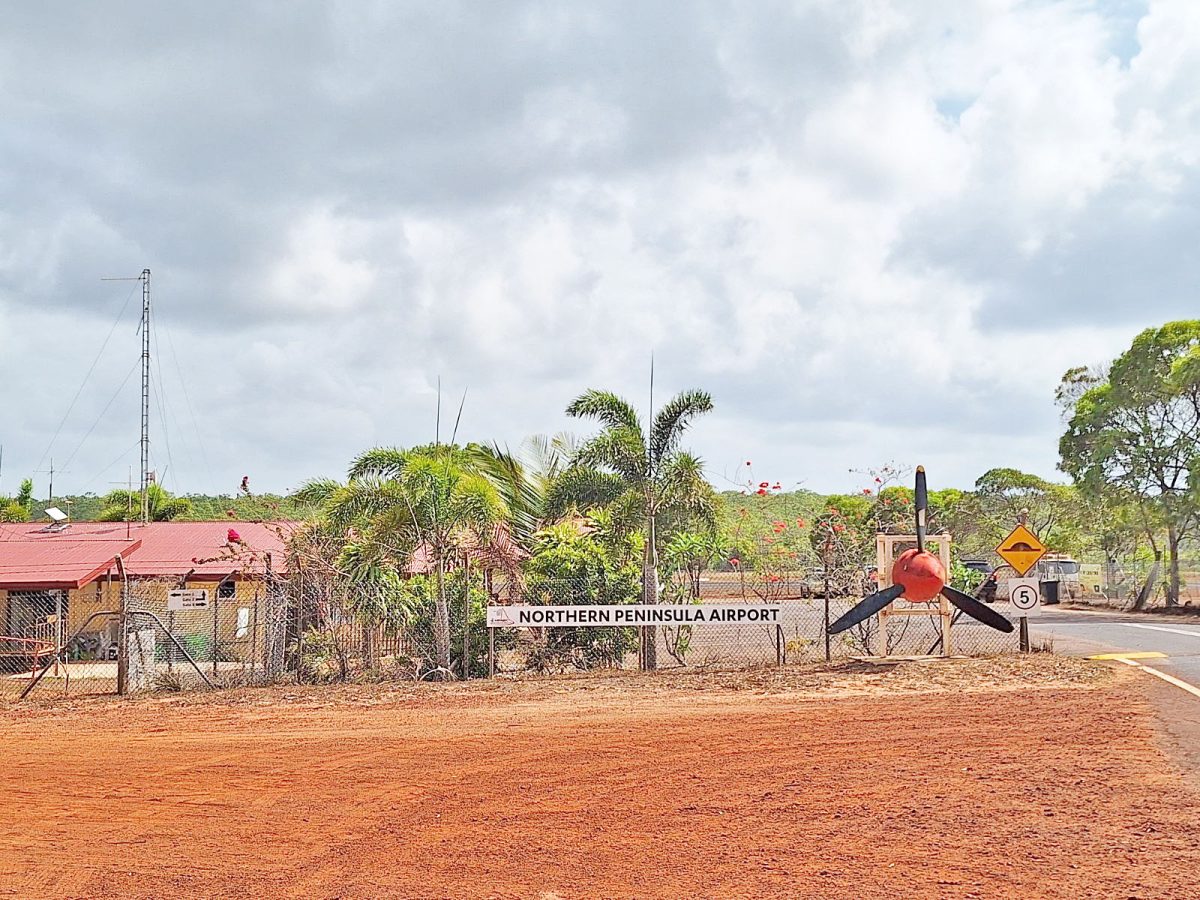
The NPA Airport at Bamaga is also in the Torres Shire, creating headaches for NPARC when it wants to apply for grants to make important upgrades to the facility it manages.
The directors of Ipima Ikaya Aboriginal Corporation RNTBC, which represents the Native Title interests of Traditional Owners of Northern Cape York, said they felt that a boundary change was the only way to ensure the planning, development and operation of Apudthama country could be guaranteed.
“The added complexities surrounding Native Title, with the land tenures, makes it challenging for the Traditional Owners to progress their aspirations, because they are dealing with three entities,” a spokesperson for Ipima Ikaya Aboriginal Corporation RNTBC said.
“Traditional Owners are wanting to return to country and develop their homelands.
“They have no influence in the planning schemes developed by Cook Shire or Torres Shire, as they are not constituents of those local government areas, whereas, with NPARC, we are residents and have direct input into the future planning of our regions.”
Cr Yusia said the council would continue to advocate for a review of local government boundaries across what “everyone already considers to be the NPA” for the betterment of the community.
“It’s disappointing one of our neighbouring councils and government won’t come to the table to discuss this issue seriously, because the problems the existing boundary alignment is causing on a daily basis are the result of poor decision making and a lack of foresight when the local government areas were drawn up,” she said.


